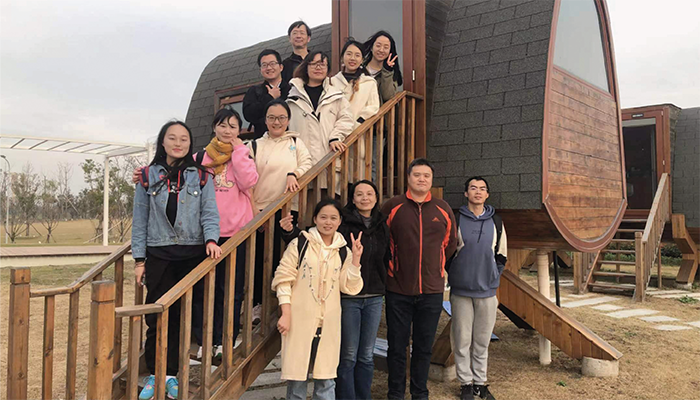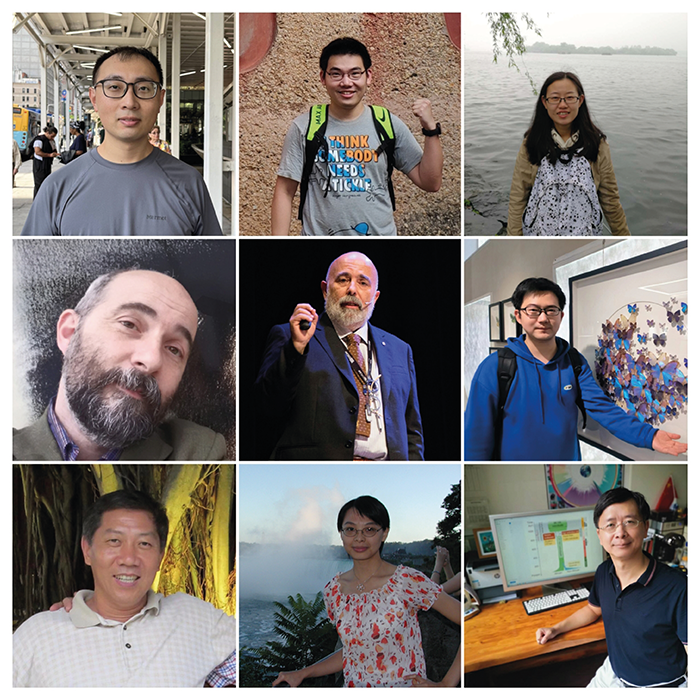A genomic inference study has revealed that humankind was brought to the verge of extinction when human ancestors went through a severe population bottleneck, leaving just 1,280 breeding individuals (1).
Researchers from China and the US developed a new tool, FitCoal (fast infinitesimal time coalescent process) to analyze the genomic sequences of modern human populations to calculate the size history of both recent and ancient populations – matching the hypothesized population size with the observed one to calculate the likelihood of a demographic.
The team identified a sudden, drastic reduction in the number of humans who lived in Africa between 930,000 and 810,000 years ago – a bottleneck that lasted over 100,000 years. The fossil record available from the same time period is very scarce which coincides with the bottleneck. To confirm their hypothesis, the geneticists collaborated with two paleontologists from Italy.
“We didn’t know how to analyze fossil records because we are not paleontologists,” says corresponding author Haipeng Li, Professor at the Shanghai Institute of Nutrition and Health and the Chinese Academy of Sciences. “Thankfully, Fabio Di Vincenzo and Giorgio Manzi read the manuscript and wrote an email to us. Then we established a very good connection with them. This work is an excellent achievement of international collaboration.”

The event, however, was not entirely catastrophic. According to Li, it could actually be a speciation event, “leading to the emergence of a new human species” – our more recent ancestors – and potentially have triggered numerous positive selection events to enable the human population to adapt to harsh environments. “This might be why a new human species evolved quickly. It could also shed light on why H. erectus in Europe and Asia didn't evolve into modern humans,” says Li.
Chris Stringer, anthropologist and research leader in human origins, reviewed the paper and says: “It would be good to see FitCoal applied to other genomic data such as for Neanderthals and Denisovans. Growth and refinement of the fossil and archaeological data for the period of the inferred bottleneck will provide further testing of the new model.”
The international research team is planning to extend their research to reveal more information about ancient human evolution but also keen on pushing FitCoal into other areas: “FitCoal is ready to be applied for different species, such as animals, plants, and bacteria. It may also be used to study cancers,” says Li.

References
- W Hu et al., Science, 381, 6661 (2023). DOI: 10.1126/science.abq7487




